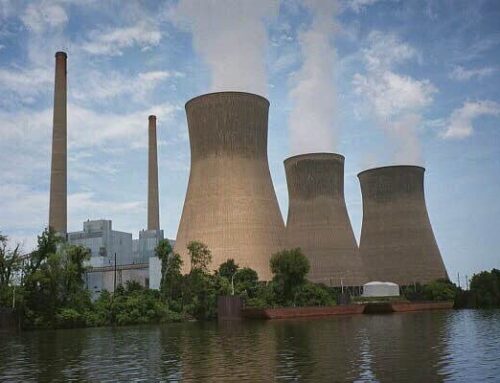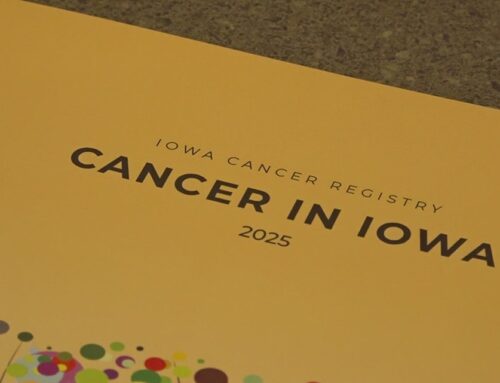Cutting green tax credits would slash US clean energy capacity 10%, Bloomberg finds
June 12, 2025
Clean energy tax credits have bolstered widespread investment in renewable energy since the Inflation Reduction Act passed in 2022. But President Trump has taken aim at them in his “One Big Beautiful Bill,” which passed the House of Representatives last month with cuts to key tax credits that apply to residential clean tech and clean energy production and investment.
While the clean energy industry scrambles to lobby for the credits to be included in the Senate’s version of the bill, Bloomberg BNEF analyzed how the cancellation of the credits would affect clean energy production in the US.
As stipulated in the version of the bill passed by the House, projects built more than 60 days after the bill is signed into law and that don’t start operating before 2029 would be ineligible for tax credits. According to Bloomberg BNEF’s analysis, these stipulations would create a “three-year rush to build new wind, solar, and storage projects followed by a major hangover in 2029” that would result in a 10% decrease in clean energy projects built by 2035.
Solar, wind, and storage technologies will each be impacted differently—the tax credit changes don’t apply to nuclear projects. Without the tax credits, solar projects would decrease 5% and energy storage projects would dip 7% in the next 10 years. General demand for those technologies would still exist, though at a lower level than it is today. Wind capacity, however, would be cut by a whopping 35%, “with no offshore wind additions post 2028,” Bloomberg NEF noted. Such a blow to wind technologies would be kicking them while they’re down: A considerable amount of offshore wind project production has stalled as a result of Trump’s executive orders.
And the potential cut of the tax credits would affect more than just clean energy capacity: Bloomberg BNEF’s analysis also warned of “negative effects on the US power system,” especially as energy demand grows due to data centers.
“Rapid load growth driven by data center demand will require either new generation, which this bill makes it harder to add,” Bloomberg BNEF’s analysis stated, “or higher capacity factors from existing power plants, which tend to be both more expensive and higher in greenhouse gas emissions.”
US energy demand is also being stressed by clean energy stakeholders who are currently meeting with Republican senators, urging them to protect the tax credits. Jon Powers, president of clean energy investment firm CleanCapital, told Tech Brew that in a meeting he attended with a senator on Capitol Hill, “someone…wanted to bring an AI data center to the state,” but told the senator “it wouldn’t be possible because there was not enough energy in their area to fulfill the data center’s demand.”
“Congress is now one chamber away from passing a law that would dramatically increase clean energy project risk, states would lose out on millions in investment, and ultimately cause previously announced projects and manufacturing plants to be canceled—making it more difficult to bring AI-critical data centers to fruition and jeopardizing our current infrastructure,” Powers said in an email. “The stakes are high, but with growing energy demand and investor pressure, there’s still time for Congress to course-correct and support bringing more electrons to the grid.”
Search
RECENT PRESS RELEASES
Related Post




